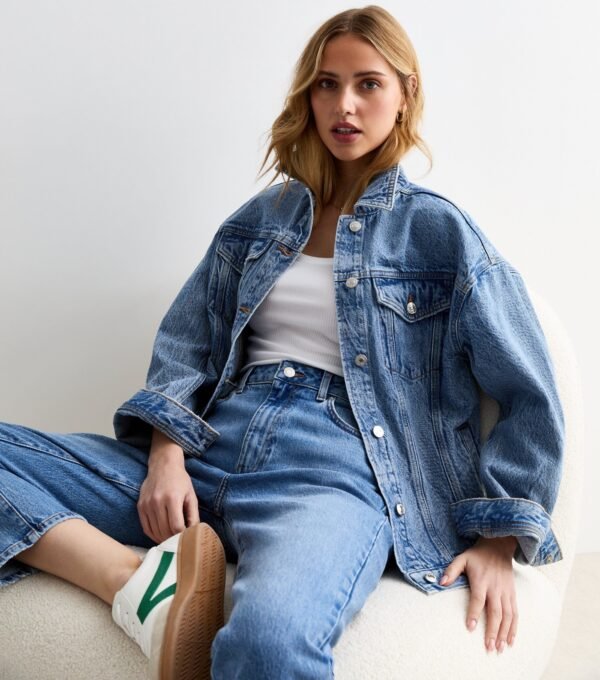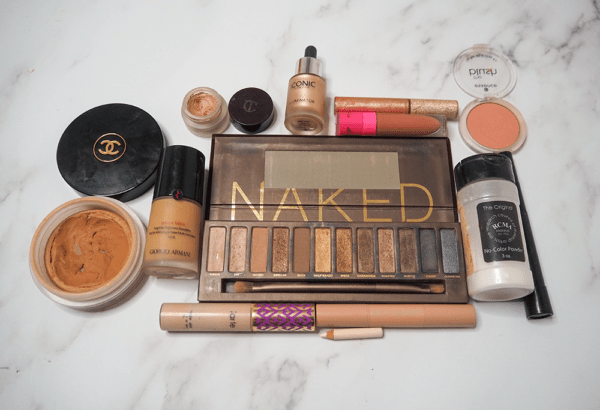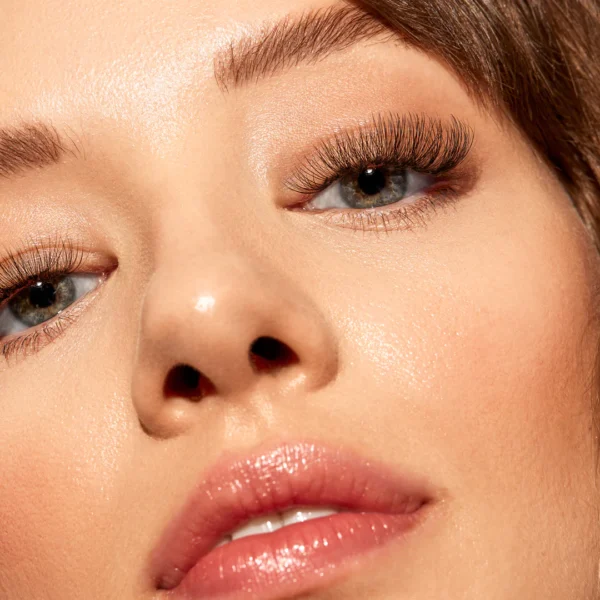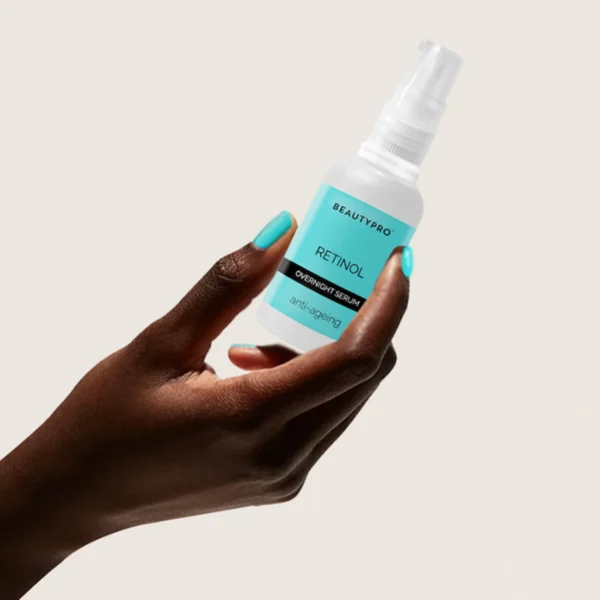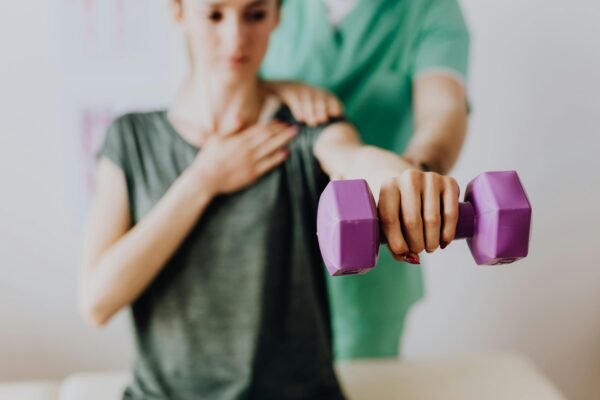
5 Things You Shouldn’t Wear to the Gym
Whether you’re a fitness novice or a seasoned pro with a regular workout schedule, Altory has listed the five unlikely items that you should avoid wearing to the gym at all costs. The activewear brand also offers alternative items that are much better support for you and your workout.

Cotton
Any item made predominantly of cotton should be avoided, regardless of the type of workout. Not only does cotton absorb moisture incredibly quickly but it also retains and keeps it trapped against your skin, which can make you feel unpleasant and uncomfortable when exercising, especially during a high-intensity workout where you’re likely to sweat more.
It’s not just discomfort that you need to be wary of. A study conducted in 2014 also found that wearing cotton clothes after a fitness session can also cause selective bacterial growth too, which can result in skin infections too.
Instead of cotton, we’d recommend opting for moisture-wicking fabrics such as nylon or natural fabrics like bamboo and even merino wool for exercising outdoors in colder weather.
Thongs
Women all fear the dreaded VPL (visible panty line) especially when wearing skin-hugging activewear such as leggings or cycling shorts. In an attempt to avoid this, it’s understandable to opt for a thong or g-string to keep the underwear lines to a minimum, however this is probably one of the worst things you can do.
While sweating and generally moving around during exercise, rectal bacteria can travel along the thong and can cause infections such as urinary tract infections (UTI). Not only that but these underwear types can even worsen an existing irritation too.
Of course no one wants to go out with a strong underwear line, however there are numerous other options to go for. Some good choices for underwear that are breathable and won’t show in leggings include seam free pairs made from bamboo or polyester.
Polyester clothes
Although polyester is found in lots of dedicated activewear and is slightly more breathable than cotton, it isn’t a particularly good option for exercising. Similarly to cotton, polyester absorbs and retains moisture and can cause bacteria to grow.
As synthetic fabrics don’t dry as quickly as natural, this bacterium is then able to stay put on clothing and subsequently grow at a faster rate.
Another risk is textile dermatitis, which is another term for fabric allergy. In fact, studies have found that the concentrations of toxic chemicals, including ones that specifically cause skin irritations such as benzotriazole, are higher in polyester than other fabrics.
Instead of polyester, try more moisture-wicking fabrics such as nylon. A moisture-wicking fabric quickly moves sweat to the outer surface of the fabric and dries much faster than polyester, so your sweat won’t saturate the fabric.
Ill-fitting clothes
Guilty of throwing on an oversized t-shirt or joggers when heading to the gym? Although it’s a convenient outfit for trips to the gym, not only can this affect your workout but it’s also a safety risk as the extra fabric can either get caught in machines or you could easily trip over yourself in excessively baggy trousers.
If you’re at an exercise class, your instructor will also struggle to see your body alignment and form if you’re covered up, which could result in a workout injury. If you’re self-conscious about your body then worry not, there’s plenty of activewear options that can suit all body types to not only ensure you have a comfortable and safe workout, but make you feel confident too.
Regular bras
You absolutely should not wear a regular, wired bra to the gym. Although everyday bras are designed to provide support and comfort during the day, wearing one while working out is a different story. Not only are regular bras usually not supportive enough for exercising but they can trap sweat and chafe against your skin. With this in mind, you should invest in a decent sports bra made from exercise-approved fabrics, such as nylon.
Even so, you should ensure that your sports bra fits your chest perfectly. In fact, if you wear the wrong size sports bra, your breasts can bounce up to 15cm in any direction! Not only is this especially uncomfortable but it can lead to back and shoulder plan, stretch the breast tissue and boost natural sagging.
You should always buy a sports bra in your regular size. Although this may feel firmer than what you’re used to, it should still feel comfortable and allow freedom of movement while minimising bounce.
By Altory








